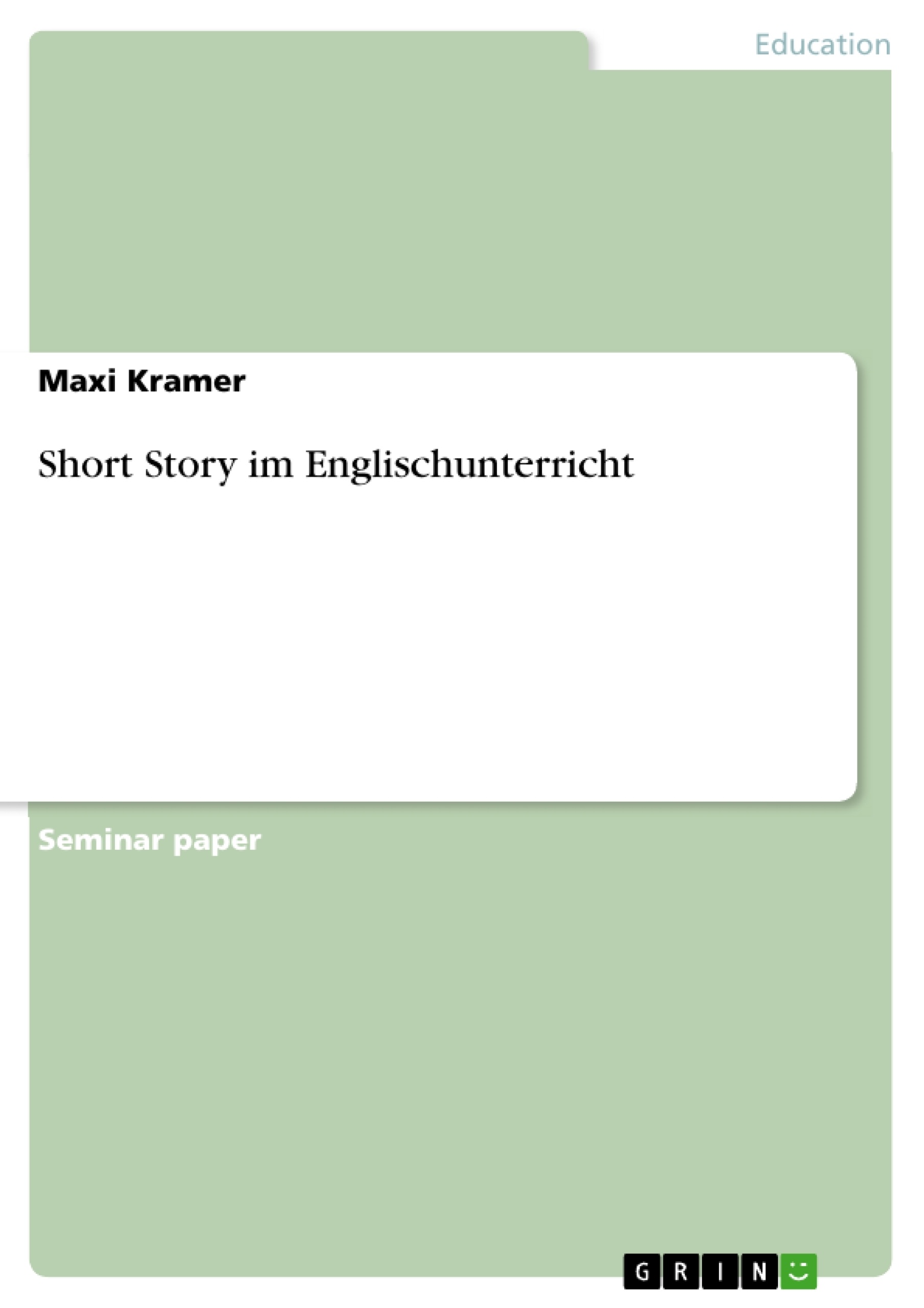2. Definition of short stories
Modern short stories came into existence between 1830 and 1850 from tales and sketches. In the 19th century short stories flourished in the America, whereas in short stories Britain played a second role to the dominant novel . In the 20th century short stories were very modern, they were a reaction against the Victorian Age, where the world was a place of certainties. Short stories tried to negate these principles by reflecting changes, that were happening in the world. A new interest in psychology rose, rather than paying attention to form or style. The metaphor and symbols had a greater prominence and ambiguity became the norm especially with the loss of the all- seing, all knowing narrative voice. It is typical for the 20th century that the things left out are just as important as information put in.
A short story is a work of fiction which varies in length and has not yet a clear distinction amongst professional writers, it is usually written in prose and narrative format.
Inhaltsverzeichnis (Table of Contents)
- Introduction
- Definition of short stories
- Characteristics of short stories
- Meaning of short stories for language teaching
- Different phases of working with short stories
- Creative handling of short stories
- Concrete example of a short story in language teaching- Désirée's Baby
- Pre-reading activities
- While reading activities
- Post-reading activities
- Summary
Zielsetzung und Themenschwerpunkte (Objectives and Key Themes)
This assignment aims to explore the use of short stories in English language teaching. It examines the relevance of literature in language classes, discusses suitable short story choices, and explores how teachers can effectively engage students in the learning process.
- Definition and characteristics of short stories
- The significance of short stories in language learning
- Effective teaching strategies for working with short stories
- Creative approaches to short story analysis and interpretation
- Practical examples of activities for pre-reading, while-reading, and post-reading stages
Zusammenfassung der Kapitel (Chapter Summaries)
- Introduction: This chapter introduces the topic of using short stories in English language teaching, highlighting the importance of integrating literature into language classes. It poses questions about the suitability of short stories for students and explores ways to engage and motivate them.
- Definition of short stories: This chapter delves into the origins and evolution of the short story genre, tracing its development from tales and sketches to its flourishing in the 19th and 20th centuries. It explores the unique characteristics of short stories in contrast to novels, emphasizing the shift towards psychological depth and ambiguity in the 20th century.
- Characteristics of short stories: This chapter explores the key elements that define a short story, including narrative point of view, showing vs. telling, plot structure, and framing devices. It analyzes the use of ellipsis, irony, and repetition as techniques employed in crafting short stories.
- Meaning of short stories for language teaching: This chapter argues for the indispensable role of short stories in English language teaching, highlighting both psychological and linguistic benefits for students. It emphasizes the opportunities for language internalization, reinforcement, and critical analysis of text.
- Different phases of working with short stories: This chapter outlines the various phases of working with short stories in language teaching, emphasizing the importance of structured activities for pre-reading, while-reading, and post-reading stages.
- Creative handling of short stories: This chapter explores creative approaches to handling short stories in language teaching, encouraging students to engage in deeper analysis and interpretation. It discusses the importance of encouraging students to think critically about the text and share their own perspectives.
Schlüsselwörter (Keywords)
This assignment explores the use of short stories in English language teaching, focusing on the genre's characteristics, its significance in language learning, and practical teaching strategies. Key terms include short story analysis, narrative structure, language internalization, creative engagement, pre-reading, while-reading, post-reading activities, and student motivation.
- Quote paper
- Maxi Kramer (Author), 2008, Short Story im Englischunterricht , Munich, GRIN Verlag, https://www.grin.com/document/152707



